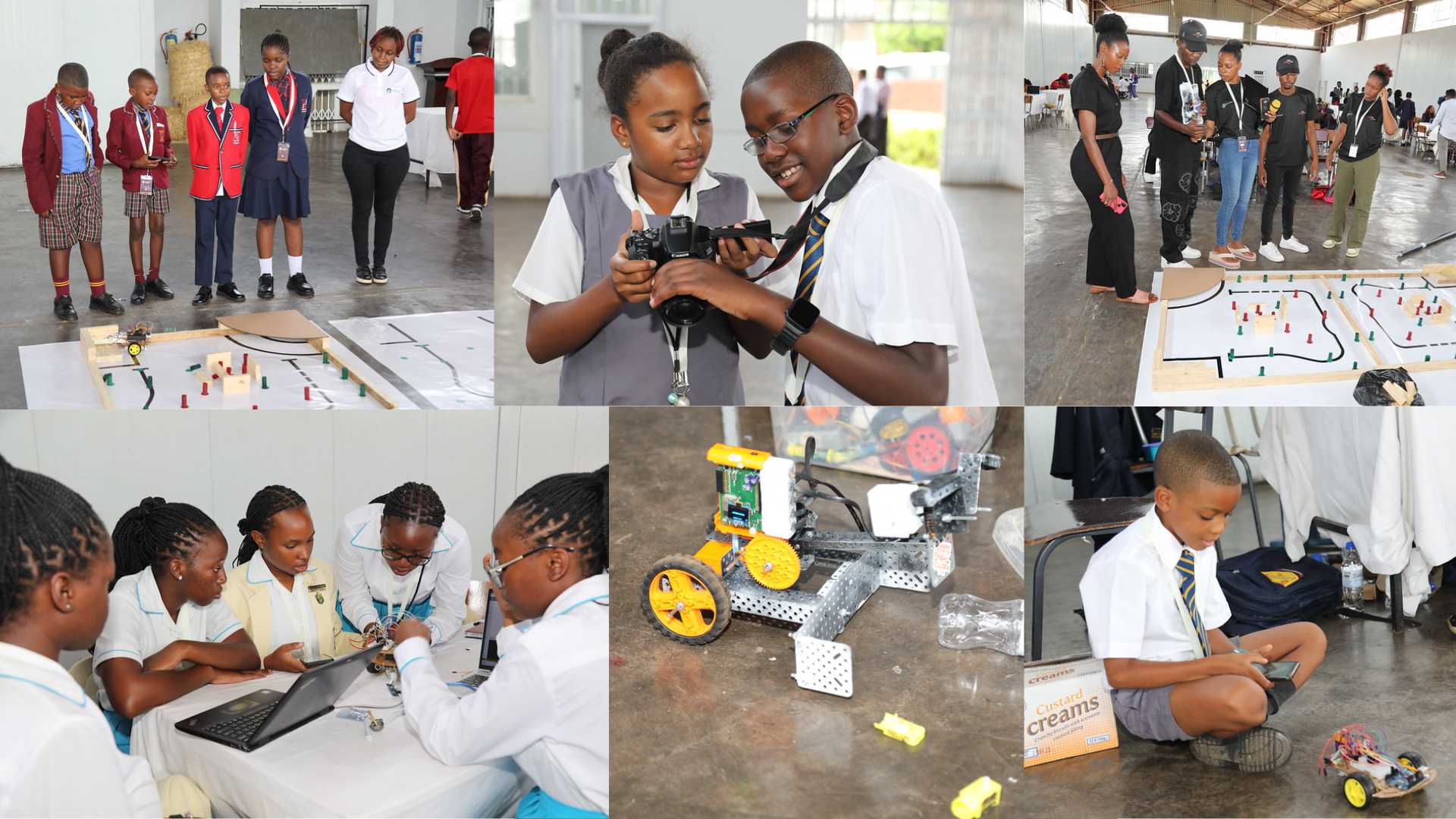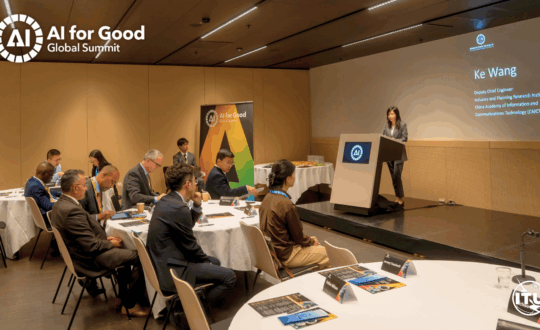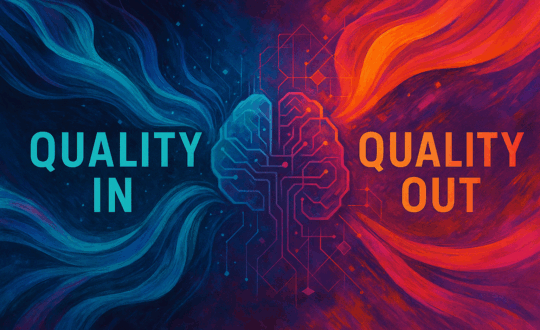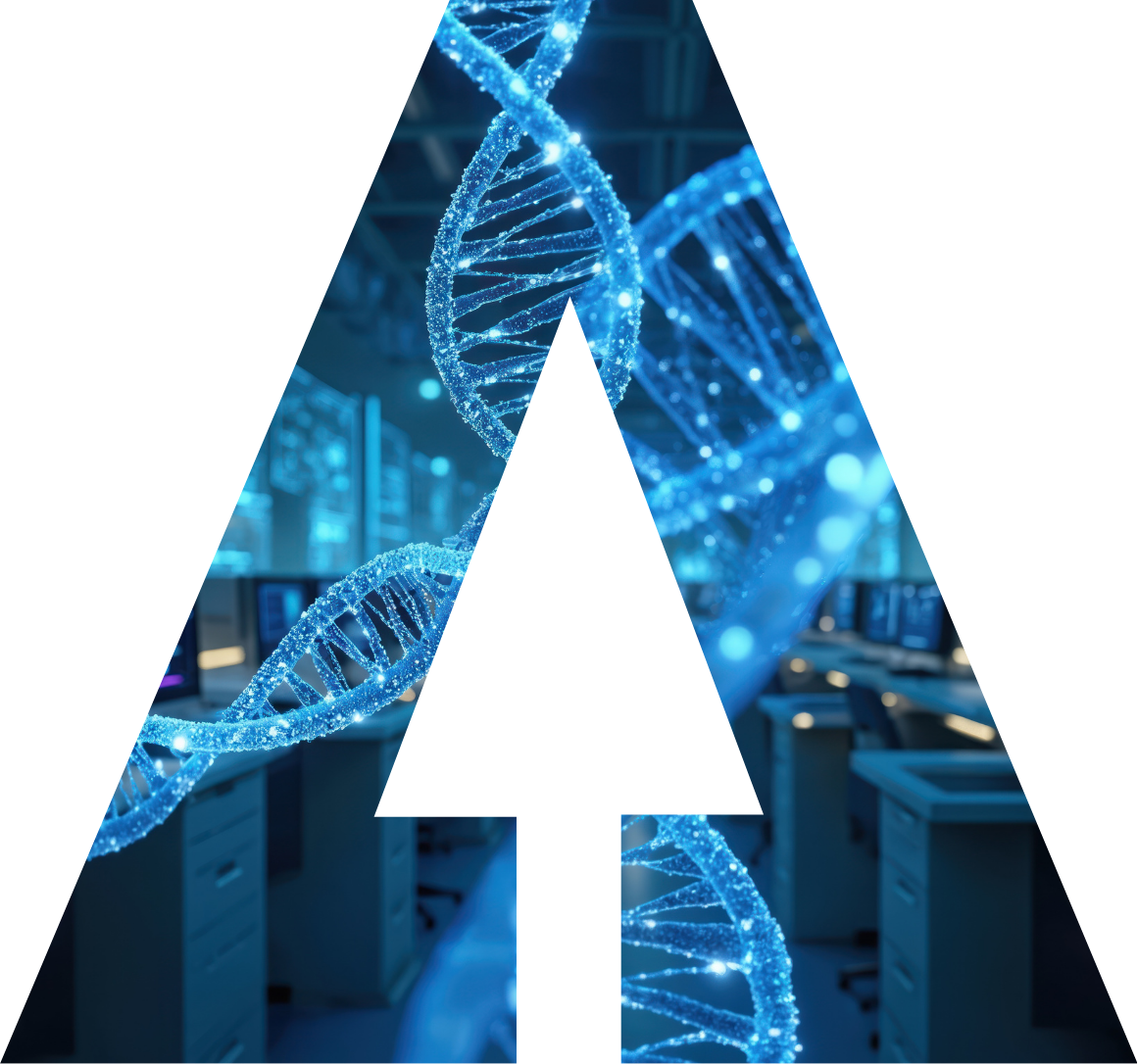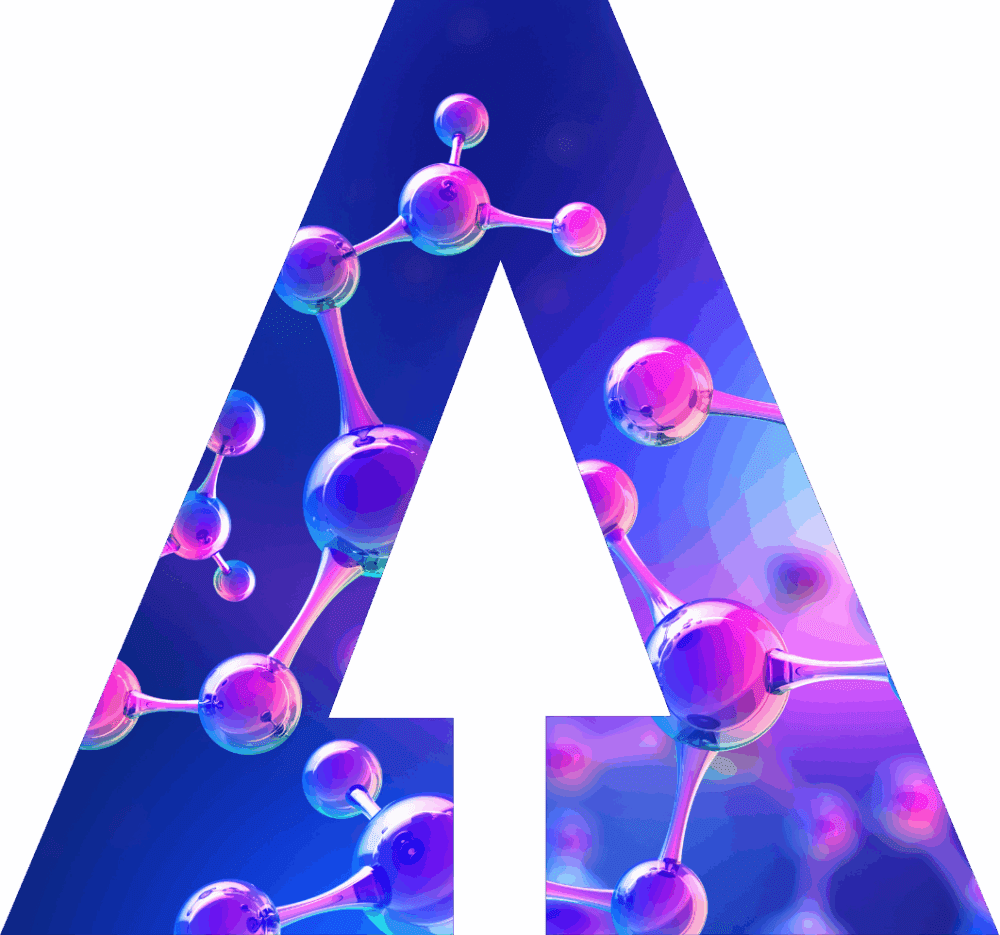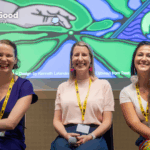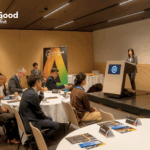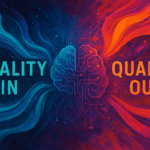The Robotics for Good Youth Challenge is a global competition where students tackle real-world problems using robotics and artificial intelligence. The challenge encourages young people to design, build, and program robots that offer innovative, practical solutions to global issues. It helps participants develop skills like project planning and critical thinking, and it emphasizes open-source tools, sustainability, and equitable access to digital education, with this year’s theme focused on disaster response.
March 2025 gave us two amazing teams from Zimbabwe competing in the Junior and Senior categories of the challenge. Representing Westridge Primary School, Zimbotron Jnr 08 brought forward a compact robot designed for emergency relief operations, giving them the national winner title in the Junior Category. Meanwhile, the Senior team from Mavhudzi ZIMFEP High School, known as Zimbotron 06, developed a healthcare robot aimed at supporting patient transport during crisis situations, a project that also secured them a spot at the upcoming 2025 AI for Good Summit.
Junior Category: Zimbotron Jnr 08 from the Westridge Primary School
Eight students from Westridge Primary School in Zimbabwe have shown how they can use technology to make a difference. Competing under the name Zimbotron Jnr 08 in the Junior Category, the team joined the 2025 Robotics for Good Youth Challenge.
Guided by their mentors, Kudakwashe Mkota and Tinevimbo Musinga, the team brought together a mix of skills in programming, hardware design, and problem-solving. The eight members worked together to design a robot with the goal to create tech that serves the community.
“Our goal is to develop tech solutions that address real-life problems, using technology for good rather than harm,” they said. “Together, we strive to impact our nation and drive meaningful change through tech.”

Junior Category: Zimbotron Jnr 08 from the Westridge Primary School
Their robot is designed to help in crisis situations by transporting various objects, represented by red and green blocks, to shelters and hospitals. The robot moves across the game field using line-following and ultrasonic sensors. It picks up the blocks with a 3D-printed arm and uses timestamps to make accurate placements.
Building the robot came with its own set of challenges. The team created the chassis using recycled plastic and made sure it was small enough (just 14cm by 7cm) to move freely on the field. Inside, the robot runs on an Arduino microcontroller, with four wheels, a servo-powered arm, and sensors that help it detect obstacles and stay on course. Keeping the balance and structure in such a compact frame was one of their biggest hurdles, and as the season progressed, so did their robot. They upgraded it by adding a microprocessor to enable AI features such as image processing and machine learning. By using a tool called Teachable Machine, they were able to train the robot to tell the difference between red and green blocks, which improved both its accuracy and autonomy.
Speed and accuracy became a big part of their competition strategy: their robot starts quickly, picks up the correct blocks, and navigates the field in a way that saves time. Furthermore, by using AI, it decides on its own where each block should go, making the whole process even faster and smarter. The team programmed their robot using PictoBlox, it runs at 80 percent speed and uses AI to focus on red blocks first, with a fast reaction time of 1.2 seconds. Every move it makes is calculated to help maximize its score.
All in all, Zimbotron Jnr 08’s robot is designed to support relief operations in real-world disasters. In their simulation, the robot plays an important role in identifying and delivering aid and showing how robotics can reduce delays and support people in need during emergencies.
Combining their interests, innovation, and knowledge, this Junior team from Zimbabwe is opening fields to build more than just robots, but also to get together to shape better visions for the future.
Senior Category: Zimbotron 06 Team from Mavhudzi ZIMFEP High School
Under the name of Zimbotron_06, another team made up of six students from Mavhudzi ZIMFEP High School in Zimbabwe is competing in the Senior Category of the Robotics for Good Youth Challenge. After winning the national round, they are now preparing to present their project at the 2025 AI for Good Summit.
With guidance from their mentors, Bertha Ndaba and Tafadzwa Wilson Sedze, the team focused on building a robot that can support healthcare in emergencies. The team members used their knowledge in programming, engineering, and artificial intelligence to develop a robot that can transport patients to safety.
The robot also has the capabilities to move across the game field on its own, it scans the area, identifies where patients are, and decides whether to bring them to a hospital or a safer refuge based on how badly they are injured. It scores points by completing these tasks quickly and correctly, using sensors like wheel encoders, ultrasound, a camera, and orientation tools to move and act with precision.
In the beginning the team used an approach in which they created a digital simulation using Pygame, this helped them test how buildings could collapse, where patients might be located, and how the robot would behave. As they moved from simulation to building the physical model, they had to face several challenges, including how to make the robot both strong and light, and how to make it smart enough to think on its own in real time.
The robot’s design evolved over time. What started as a basic system grew more advanced as the team added machine learning and AI. They 3D printed a better arm to help the robot pick up patients more accurately, and they also improved its vision system to better identify and understand the objects in its environment.
The sensors play a big role and using ultrasound, the robot can sense how far things are. With orientation sensors it knows which direction it is facing, and the wheel encoders help it move the right distance. The camera allows it to tell different patients apart based on how they are lying on the ground. Furthermore, with the help of reinforcement learning, the robot can plan and adjust its route on the spot. A vision model helps it stay on track and collect patients more effectively, leading to better scores and faster tasks.
Programming is done in Python, C++, and PictoBlox. The robot uses neural networks to process what it sees and make smart decisions. To train the robot’s AI models, they use Google Colab, which gives them access to faster computing tools. Their target is to score an average of 24 points with the simulation robot and 18 with the physical model. The team is still improving their work, but they are hopeful these numbers will continue to rise. They also made sure their project responds to real-life needs.
“Our robot addresses global health challenges by improving healthcare efficiency, particularly in emergency response and patient transportation,” they explained. “By automating the movement of patients, we reduce the workload on healthcare workers and increase the speed and accuracy of patient care.”

Senior Category: Zimbotron 06 Team from Mavhudzi ZIMFEP High School
From designing in code to building with their hands, the Zimbotron 06 Team is focused on improving lives and helping create a better future: “Innovate with purpose,” the team said, a phrase that has guided them through their project’s journey.
What comes next?
As national champions in their respective categories, Zimbotron Jnr 08 and Zimbotron 06 will represent their country at the AI for Good Global Summit, taking place in Geneva, Switzerland, from 8 to 11 July 2025. There, they’ll present their work and join finalists from around the world in the grand finale of the Robotics for Good Youth Challenge.


